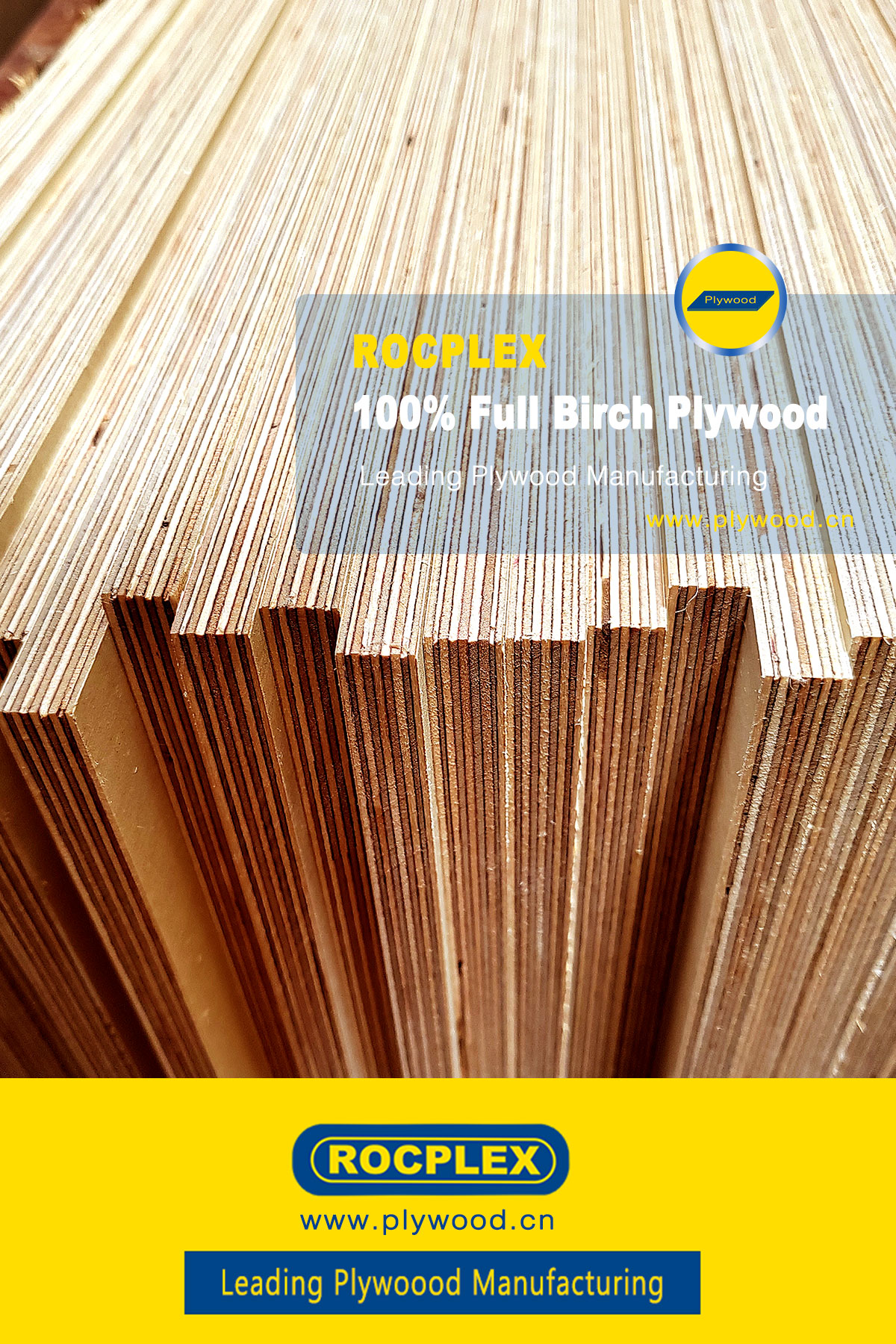Plywood is the earliest man-made wood plate and the most widely used wood timber.
In people's subjective consciousness, plywood is also known as laminated timber.
Many customers think that the wood with solid wood is good, and the board is stable and moisture-proof.
Especially when used in the kitchen and bathroom, many customers will deliberately choose plywood;
However, we should also look at plywood dialectically.
Today, we will share the production process of plywood and objectively analyze the advantages and disadvantages of plywood.
Plywood manufacturing process:
1. First of all, a complete wood will be cut into thin veneer by rotary cutting, just like we usually sharpen pencils. The thinnest is 0.3mm, the thickest is 8mm, and generally 1.7mm is used as the core material of plywood.
2. Then put a layer of veneer and coat the entire surface of veneer with glue. Then cover a layer of veneer on the glue, and then coat it with glue, and paste the timber with one layer of glue on one layer of board;
3. Finally, after hot pressing, they are firmly bonded together, and finally sawn into the same size.
Plywood is formed.
The prepared plywood looks like durian thousand layer cake and wafer cake that we eat in our daily life.
The manufacturing process intuitively reflects why plywood is also called the laminated timber, so the stability of plywood depends largely on the adhesive force and structural arrangement of the glue.
Advantages and disadvantages of plywood:
1.Plywood has obvious advantages, such as good stability of plate and good nail holding force. Plywood is glued together layer by layer by veneer, so it is much cheaper than solid wood, and its hardness is relatively good. It is also very suitable for on-site cutting.
2.From the production process, we can also see that plywood uses glue during production. The glue content is very high, which has a great impact on the environmental protection of the plate. At present, some brand plate manufacturers can meet the national environmental protection standards, and it is difficult for some small processing plants to meet the environmental protection standards. It is also because of the high requirements on environmental protection that the major brands in the market currently sell less plywood.
3.Plywooddue to the influence of the manufacturing process, the size of the plate can not be completely consistent, and there will be different thicknesses, which will affect the standardized large-scale production of the workshop.
To learn more about plywood, please pay close attention to China plywood supplier - ROCPLEX
Post time: Sep-02-2022



